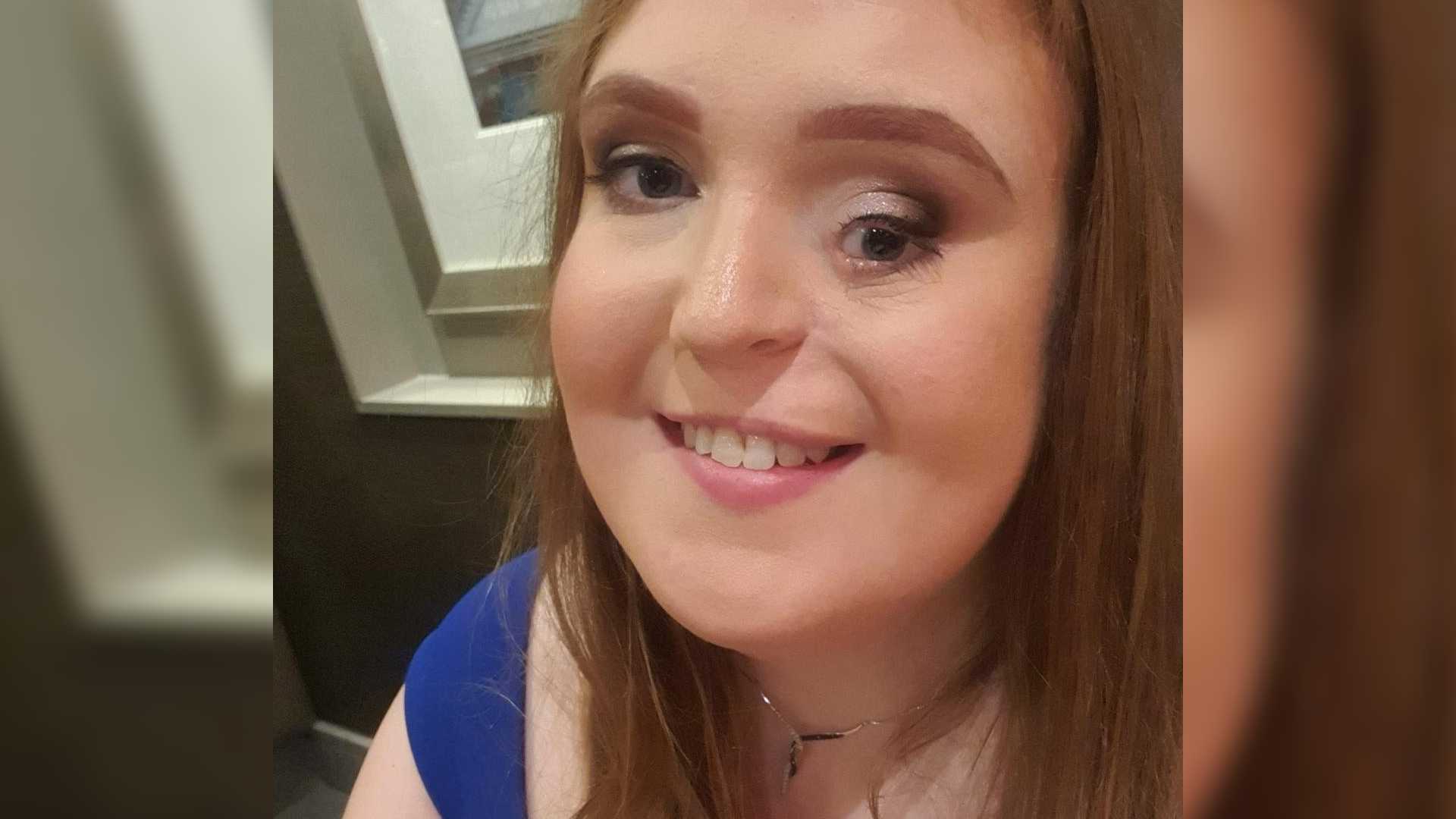Growing up, if I’d seen a character on children’s TV with a cleft, it would have made a huge difference to the way I viewed myself. It’s undeniably powerful seeing a character who looks like you on screen portrayed in a positive way.
However, I’m very aware that the only reason this character was included is because the writer’s son was born with a cleft. Why should it take someone with a personal connection to visible differences for us to see some positive representation?
We shouldn’t have to explain to children that difference doesn’t equal villainy in real life.
I would love for more children’s programmes, especially “real life” not just animation, to positively include characters with visible differences. It’s so important for young people to be educated about difference in a way that makes them accept and celebrate it. Plus, the parents watching these shows with their children might learn something too.
As a parent myself, I worry that my daughter and her friends will grow up scared of difference because of the way it is so often portrayed in a negative light. If you were to ask anyone to think of a character that has a visible difference, they’d most likely respond with Scar from ‘The Lion King’ or Two Face from ‘Batman’. I don’t want children to think that people with a visible difference are the “bad guys”.
If there was more positive representation that we could show our children, it would make it easier to have conversations about visible difference. We shouldn’t have to explain to them that difference doesn’t equal villainy in real life.
While Disney has made positive steps forward regarding representation, it also seems to have a “pick and choose” attitude, which concerns me. It’s amazing that Disney has included a car with a cleft in ‘Firebuds’, and I in no way mean to diminish the importance of this, but this positivity has arguably been over-shadowed by other decisions it has made.
For example, green lighting a live action remake of ‘The Hunchback of Notre Dame’ is questionable to me. While Quasimodo is not a villain, the way he is treated is horrific. The person who killed his mother tries to drown him, believing he is a demon, there’s a song about how he is deformed and ugly, and he spends most of his life hidden away. The name “Quasimodo” itself means “half-formed”.
While diversity is improving, visible differences are being left behind.
If there is going to be a live action remake of this problematic animation, the least the producers could do is cast a person with a visible difference to play the main character, rather than having to rely on prosthetics.
Quasimodo is made to feel like a villain. He’s dehumanised and forced to hide away. Putting this narrative back into the public eye will undoubtedly have a negative impact on our community. How many children – and adults – with a visible difference, are going to be given the nickname of “Quasimodo” as a result?
This “pick and choose” attitude towards visible difference doesn’t just end with Disney. It’s seen in everyday life. People are more accepting of some differences than others and decide whether or not to make comments based on this bias. Ignorance is at the heart of this. People need to be better educated about visible difference, so that everyone in the community is respected, not just those seen as more “acceptable”.
Better representation of difference on screen is vital for this change. While diversity is improving, visible differences are being left behind. For people with conditions such as clefts, like mine, there is still a noticeable lack of representation. People seem to not even be aware that it’s a problem, so we need to continue making noise until we are heard and acknowledged.
TV and film should represent all of society, not just parts of it. Only once we are seen can positive change happen for our community.
